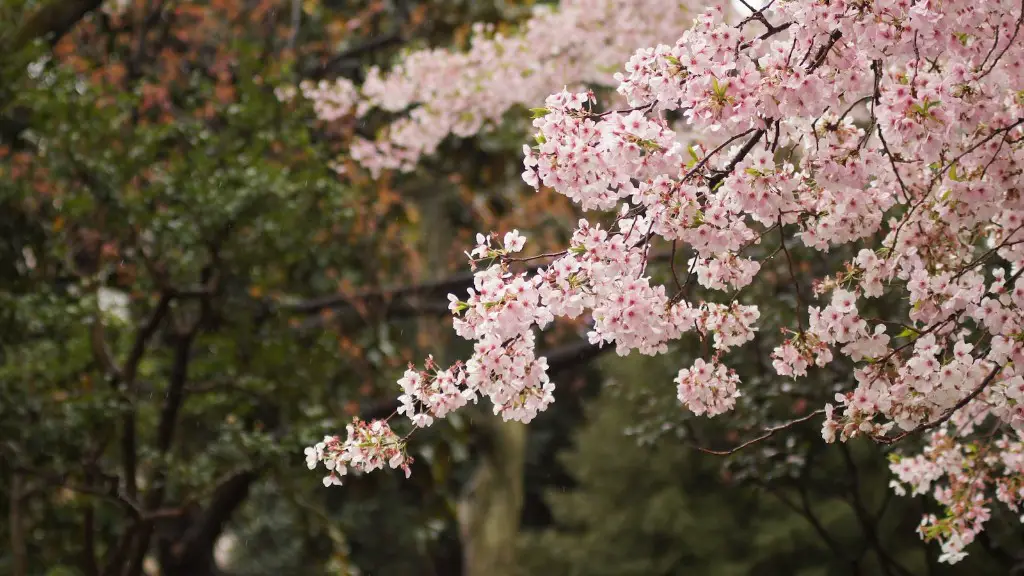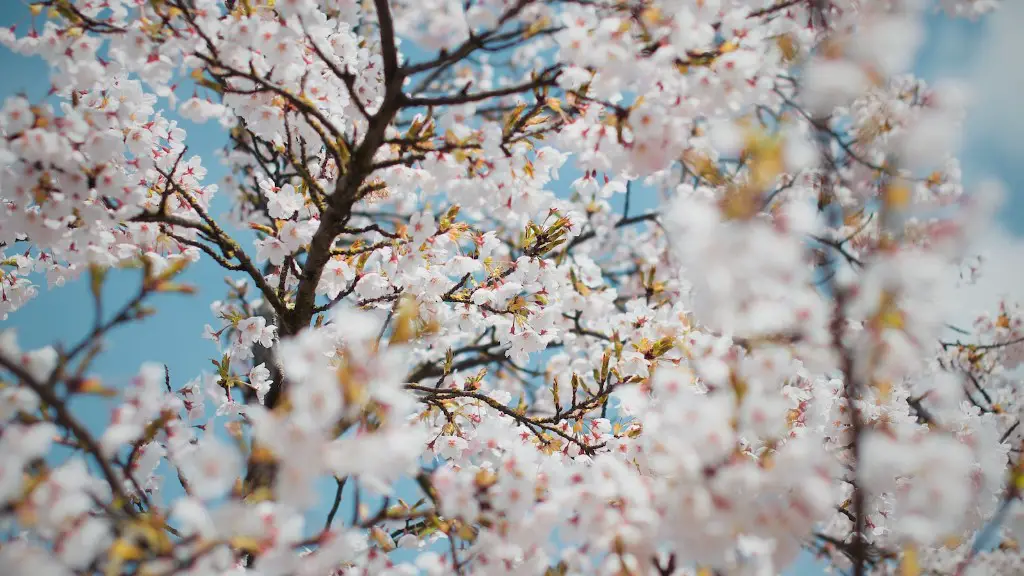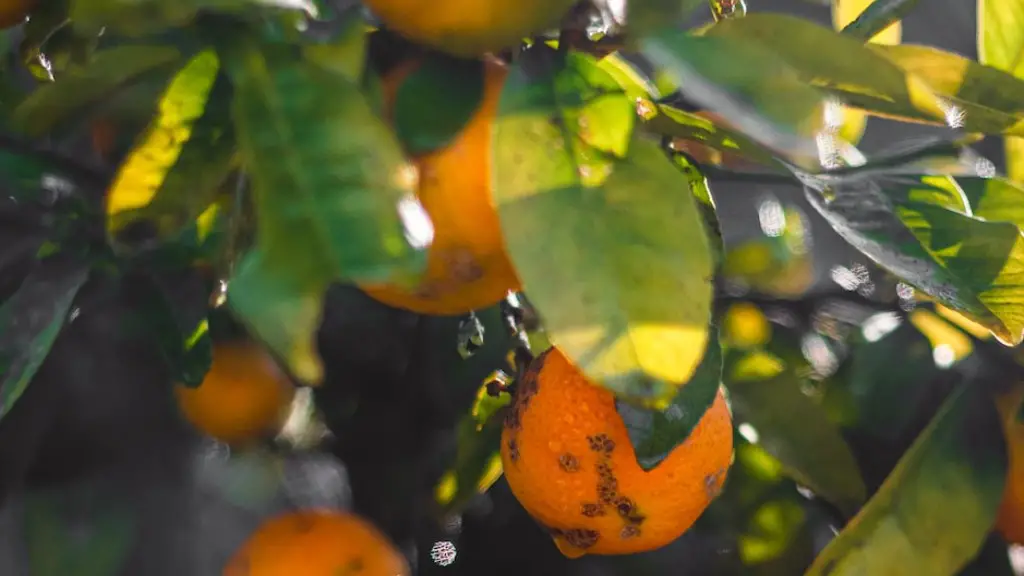How to take care of a Palm Tree Indoors
Looking after an indoor palm tree and keeping it thriving is a challenge. As with any potted plants, there are so many things to consider – light, temperature, humidity, water, nutrition, etc. But even when meticulously followed, indoor palm trees still need extra TLC from time to time.
The first step to successful indoor palm tree care is to determine what kind of palm tree you have. Different varieties require different levels of maintenance. Once the type is established, you’ll be better informed of the unique requirements necessary for a healthy tree.
When it comes to light, palm trees love bright spots. A south or east-facing window works best. But avoid setting your palm in an overly bright location, as it can lead to sunburn in the foliage. To avoid this, you may want to slowly move your tree to a brighter spot a few inches each day in order to gradually introduce it to more light.
Temperature is also key to properly taking care of your palm tree indoors. In general, most indoor palm trees prefer temperatures of 65-80 degrees Fahrenheit. If temperatures dip below 65, you may want to move your palm tree to a slightly warmer location.
Humidity is also important. Most indoor palm trees require 50% humidity or more, so to keep your tree happy, you may have to get a humidifier. Place it nearby, but not close enough to directly affect the foliage.
For watering, the universal rule for every plant – ‘treat like a cactus’ – applies to Palms as well. In other words, avoid frequent, shallow waterings. Rather, give your palm tree a thorough, deep soaking once every two weeks when the soil is on the dry side. Due to their shallow root system, the soil should never be soaking wet.
Fertilizing can also help support healthy growth. If your palm is growing in a well-draining soil, it’s better to give a weak liquid fertilizer once a month during the growing season. Foliar fertilizers are also a great option –these are applied directly on the foliage and are quickly absorbed, providing essential nutrition instantly.
Cutting and Pruning
As Palms age, you’ll need to cut off the dead fronds. Even if the frond is not yet brown, palm trees will usually drop them as they get ready to produce new ones. Luckily, pruning your palm won’t take much effort – simply snip off the dead frond at the base. Be careful not to cut too far down or you may damage the shoot.
It’s also important to prune any brown tips or yellowing foliage to stop the spread of disease. The best way to do this is to wipe the shears or blade with rubbing alcohol before each use or at least once a month. This will prevent bacteria from spreading from one frond to another.
Pests and Diseases
The biggest common indoor pests are spider mites, scale, and mealy bugs. These often look like small patches of black or white dots on the underside of the foliage. To avoid problems, keep the plant clean and check regularly for signs of pests. If needed, you can use an insecticidal soap or horticultural oil to safely get rid of any pests.
Disease can also be a problem. The most common of these is root rot, which happens when the roots of your plant stay wet for too long. To avoid this, make sure the soil drains well and your tree isn’t sitting in a tray of standing water.
Another way to help keep your plant healthy is to make sure it is not receiving any drafts. Cold air from windows or air conditioners can damage the foliage, resulting in brown patches.
Re-potting
Re-potting is important when indoor palm trees outgrow their containers. An undersized planter can restrict the root growth, causing stress for the plant. When it’s time for a larger pot, make sure the new planter is only slightly bigger. A pot that’s too large can lead to overwatering and root rot.
When re-potting, use a quality potting mix that’s well draining. This will help keep the roots from being too waterlogged. After filling the pot halfway with soil, place your palm in the center and fill in the remaining space with soil. Once done, water the entire pot and allow to drain thoroughly.
Troubleshooting Common Problems
If your palm tree starts to yellow or show signs of discoloration, it’s likely due to too much fertilizer. Stop fertilizing and instead, flush the soil with lukewarm water to remove excess nutrients. You may also want to check the light level and humidity, and adjust accordingly.
If the tips of the foliage turn brown, this usually means too much water or not enough humidity. Dry air and overwatering are the usual culprits of a brown, crispy palm. Take a step back and adjust your watering schedule, as well as looking into ways to add more humidity.
Preventative Care
The key to successful palm tree care is to understand the conditions the tree needs in order to thrive. When possible, give the tree a slow transition into the light and temperature needed for its cultivation. This will help avoid shock and stress.
Regularly pruning the tree and keeping it free from pests is important for promoting healthy growth. Similarly, making sure that the roots are properly hydrated, being mindful of the fertilizer you use, and moving it away from any drafts will all help maintain the palm trees health in the long run.
Choosing a Varied Soil Mixture
When potting an indoor palm tree, the soil mixture is key. Most palms prefer a soil that is slightly acidic, well-drained, and rich in organic matter. A good potting mix should ideally contain at least some peat, bark, and perlite. During the growing season, it’s best to use a slow-release fertilizer to provide essential nutrients to the palm tree.
In addition to a quality soil mixture, make sure your pot has drainage holes as well. This will help prevent overwatering and minimize the chance of root rot.
Putting it into Practice
Taking care of indoor palm trees requires time, patience, and effort. But the results are well worth it: when properly cared for, indoor palms can thrive for years, providing a vibrant and exotic element to any room.
By following the tips above and understanding the needs of different varieties, you will be well on your way to successfully caring for your indoor palm tree. A little bit of knowledge can go a long way when it comes to Palm trees.




